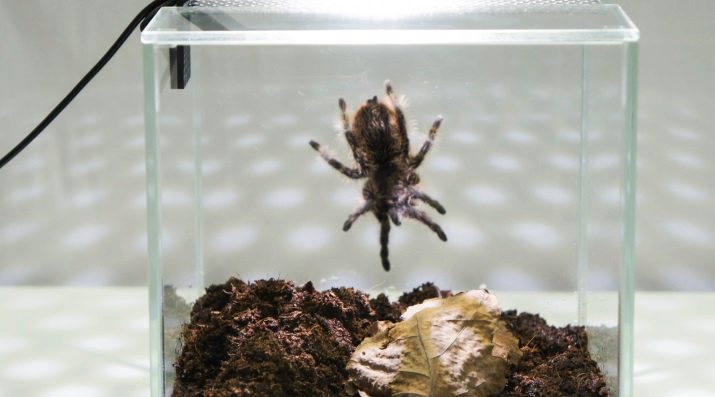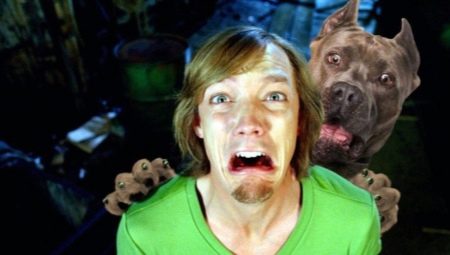Our planet is inhabited by a variety of living creatures. Some touch us and make us smile, while others scare us. But equally and fluffy handsome, and little sympathetic snakes or toads are panicky afraid of those who suffer from zoophobia.

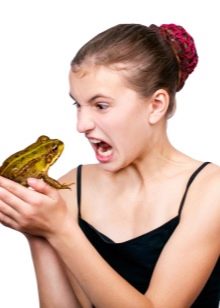

What it is?
Zoophobia is a large list of specific pathological fears that are associated with individual species or groups of animals. Zoophobia as a fear of animals as a whole does not exist, the fear of mustachioed, shaggy, winged and reptiles is always associated with an irrational and illogical strong fear of any one type of living creature.
These phobias are collectively considered the most common among human fears.
Most often, fear forms even in childhood, when the child’s psyche is “mobile”, and when even a small animal can make an indelible impression. A person grows, becomes more of an animal, but his fear is always greater than himself.
Such types of zoophobia become a problem that they are associated with the appearance of a panic fear of common animalsthat a person can meet at any time, for example, in front of cats or pigeons. If a person is afraid of an exotic creature, which he has little chance of meeting, then he may not even be aware of his mental disorder. You must admit that the arachnophobe from Oymyakon finds it difficult to meet a tarantula in permafrost conditions!
In any case, a mental disorder is considered isolated, since it is usually associated with one specific object, for example, only with cats or only with toads. Less commonly, with two or three objects. But at once a person cannot be afraid of all living beings in principle.
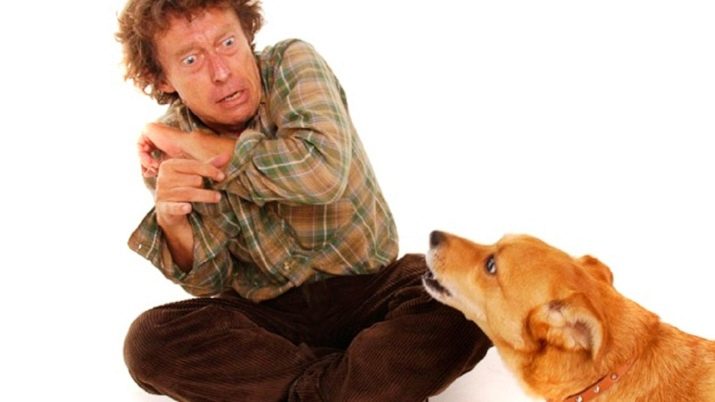
Varieties
How many animals, insects, amphibians exist, so many types of zoophobia can be counted. We list the most common:
- agrisophobia - panic fear of feral and wild beasts;
- aylurophobia - fear of representatives of the cat family, kittens;
- apiphobia - fear of bees and wasps;
- arachnophobia - panic fear of spiders;
- bathrachophobia or ranidafobia - irrational fear of frogs, toads, and other amphibians;
- blattophobia - fear of cockroaches;
- blenophobia - panic fear of jellyfish and mucus;
- verminophobia - an irrational fear of worms, parasitic insects;
- vespertyliophobia - fear of bats;
- herpetophobia - fear of reptiles, lizards;
- hippophobia - fear of horses;
- zemmiphobia - fear of moles, mice, rats and other small rodents;
- insectophobia - fear of insects;
- ichthyophobia - fear of fish (both living and dead);
- kinophobia - panic in front of dogs;
- myrmecophobia - fear of ants;
- ornithophobia - fear of birds;
- opidiophobia - fear of snakes;
- selahophobia - fear of sharks.

A person can be afraid of geese, and wolves, and cows, and whales, and bears, and each of these phobias will have a name that will contain the scientific name of the animal species and the word "phobia", which in Greek means "fear" .
Symptoms
Fear of a certain animal (no matter what it is called) is manifested by the appearance of a whole range of unpleasant strong emotions and vegetative signs.
From ordinary fear, which, in essence, is a manifestation of a protective mechanism, the phobic one differs in that a person cannot control it, control it.
Very often zoophobia is manifested by panic attacks: in humans the pupils expand, it throws into a cold sweat, the rhythm of the heartbeat changes, blood pressure jumps, there is a feeling of lack of air, tremor of hands, lips, a zoophobe is capable of uncontrolled actions, he longs for only one thing - to escape and hide away from a terrible object. In severe cases, a person loses consciousness. All these manifestations are the result of a sharp release of adrenaline into the blood. A zoophobe can behave in different ways: run away screaming or stay standing still, as if paralyzed.
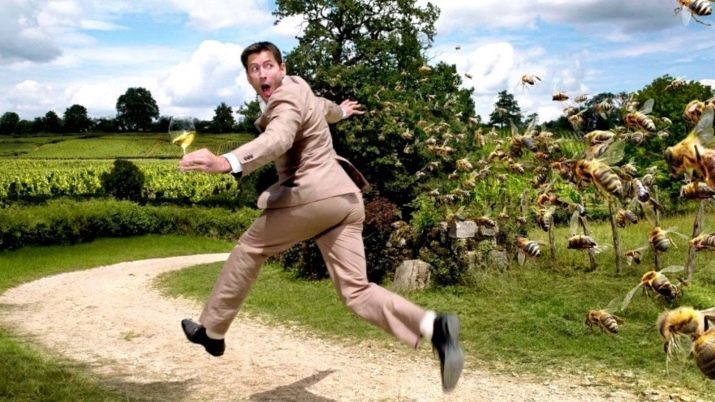
Mild forms of mental disorder manifest less vivid symptoms, usually everything is limited increased sense of disgust in relation to a frightening object. Man retains the ability to control bodily reactions, but is unable to overcome his aversion.
Not always fear is caused directly by a meeting with an animal, which the zoophobe is afraid of. Sometimes anxiety, panic manifestations can cause images, images of this animal or thoughts about it.
People with certain types of bestiality choose avoidance behavior. They do everything, plan their lives so as not to meet with the creatures that frighten them. And if a resident of Oymyakon with a fear of tarantulas is not difficult to do, if he does not decide to go on a trip to hot countries, then an ailurofob or a kinophobe must constantly be vigilant, stay in suspense, because a cat or dog can appear in sight at any time.

Causes
According to psychiatrists and psychotherapists, the most common reason why such a phobic disorder develops is personal unpleasant experience which, as a rule, in childhood had a strong impact on the psyche. For example, little Napoleon Bonaparte was frightened in childhood by a cat jumping on him, as a result of which the great commander and conqueror suffered from fear of cats all his life.
It is in childhood that an incorrect connection is often formed between the image of a certain animal and a sense of danger: the dog barked the child, the unexpected appearance of the mouse scared, and the brain stubbornly reproduces this relationship the next time. The experience could be traumatic - the child was scratched, bitten by an animal, or it could be the result of a reaction to other people's injuries - the child witnessed the dog's aggression against another person or another animal.
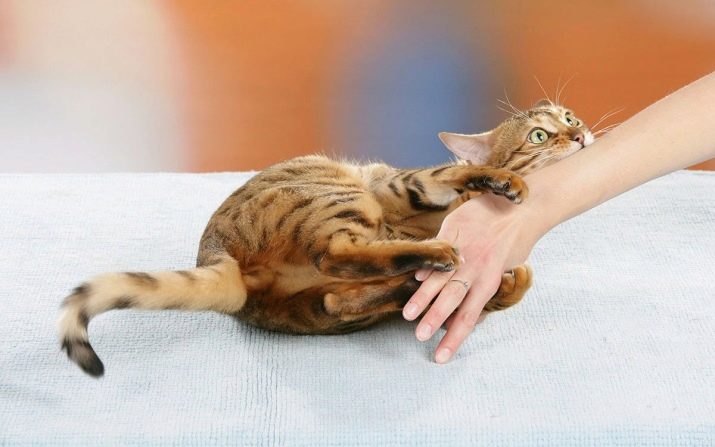
It is believed that most often pathological fear regarding one or another animal is formed between the ages of 3 and 5 years.
Impressive, vulnerable, anxious children may begin to feel fear of an animal, bird or sea inhabitant after watching a horror movie in which the animal was presented as aggressive, dangerous. The child may be impressed by the story of peers, a terrible story in which an animal appears, for example, a spider or a rat.
In adults, the main reason for the development of zoophobia is personal traumatic experience.having negative consequences. For example, a phobia in a man or woman can be provoked by an attack of a pack of dogs or a flock of bats suddenly flying out of the gorge. If a person is in a normal state of mind, then the probability is high that the incident will remain only a frightening memory. But if before that he was stressed for a long time, experienced a neurosis, then there is a high probability that the exhausted psyche will be undermined and a persistent mental disorder will form.
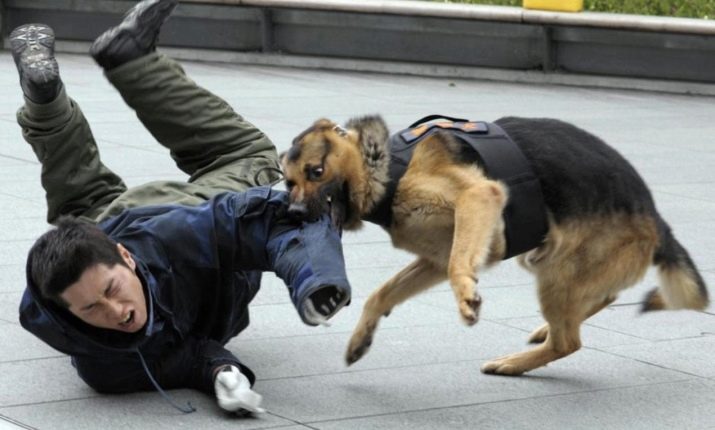
How to treat?
Zoophobia is distinguished by the fact that it is very difficult to treat. And it’s not even that doctors don’t know what to do with such fear, rooted in the deepest, most primitive areas of the brain, but that many patients do not consider it necessary to consult a doctor. This is especially true for men who are just ashamed to admit fear of a spider or mouse.
It’s even more shameful to admit the fear of ordinary cats and dogs, and such bestiality will carefully avoid situations in which they can be in danger, carry an electric shocker, a dog repeller. Arriving at sea, with fear of sharks, they will be afraid to go into the water and spend the whole vacation on the sand. But a simple solution (go to a specialist and get rid of fear) will not even occur to them.
As a result, the phobia progresses, often “overgrows” with the attendant mental disorders over time, and therefore, experts advise not to delay treatment. Very effective are psychotherapy, rational and cognitive-behavioral therapy, and in severe cases - hypnotherapy and NLP.

Medications for zoophobia are usually not very effective, and in the case of an isolated phobic disorder, there is no need to take them. But if fear of the animal is accompanied by panic attacks, depression, then at the discretion of the doctor may be recommended antidepressants, sedativeswhich will help maintain a normal emotional background, improve sleep and mood.
Psychotherapy allows a person to reconsider their fear at its source, that is, to destroy the wrong connection between the concept of danger and the image of a certain beast, fish or reptile. Gradually, a person begins to be immersed in a situation of getting used to frightening images and fear recedes. First, the patient can come in contact with a toy in the form of a frightening beast, then with his images (photos and videos), and then with the animal itself, if possible (a shark cannot be delivered to a psychotherapist’s office, like a whale, like a bear, but a kitten, mouse or cockroach is quite real).
Therapy takes several months and you need to be patient, cooperate with the doctor, follow his recommendations. It is noteworthy that many former zoophobes, who were able to successfully cope with their fear, then give birth to the very animal that scared them so much - a cat, a dog, a spider in a home terrarium, a frog or white mice.When asked why they made such a decision, many say that they did it after they realized that for so many years they had been afraid of an essentially harmless and sweet creature, and now it reminds them every day that fears and troubles are overcome.
